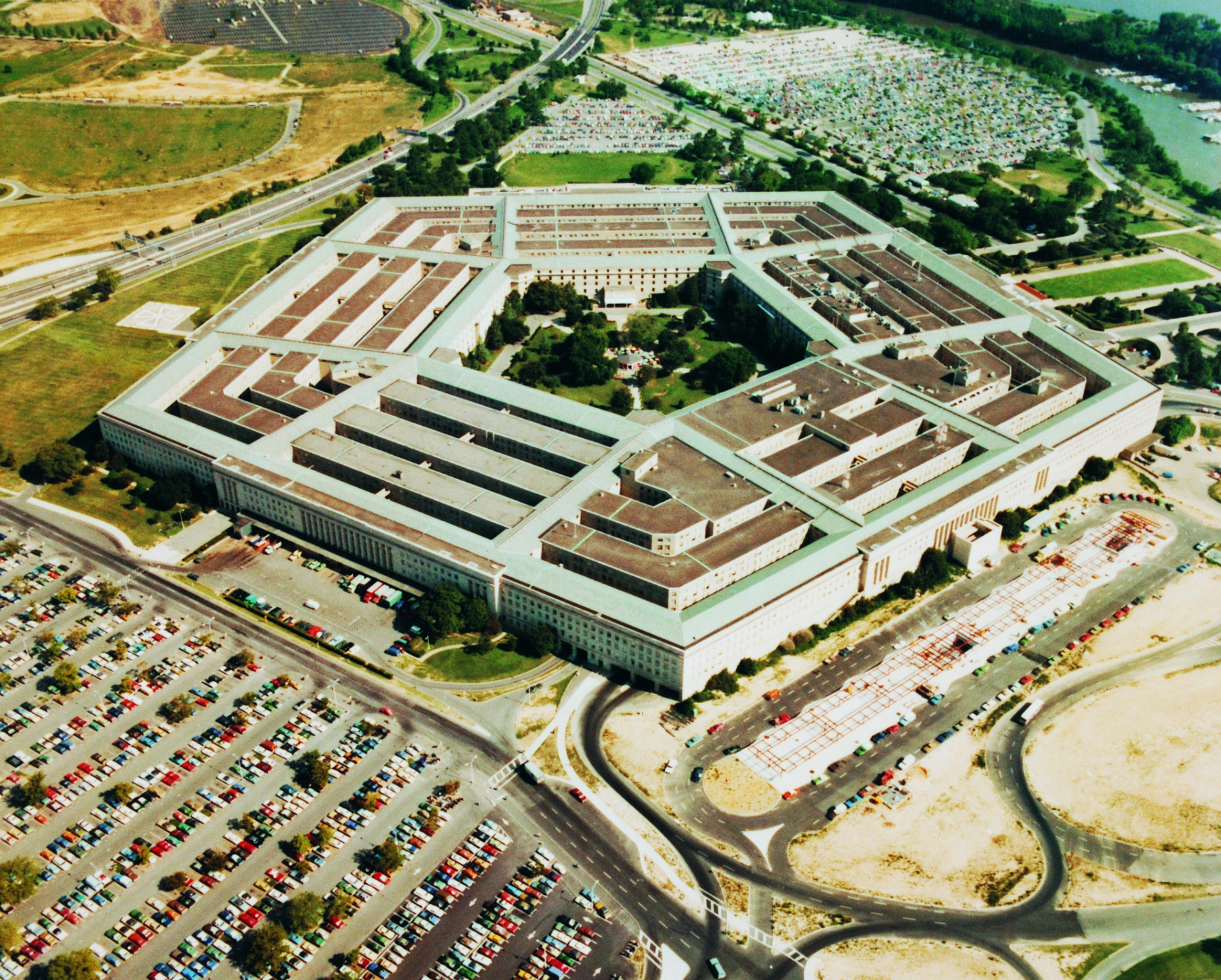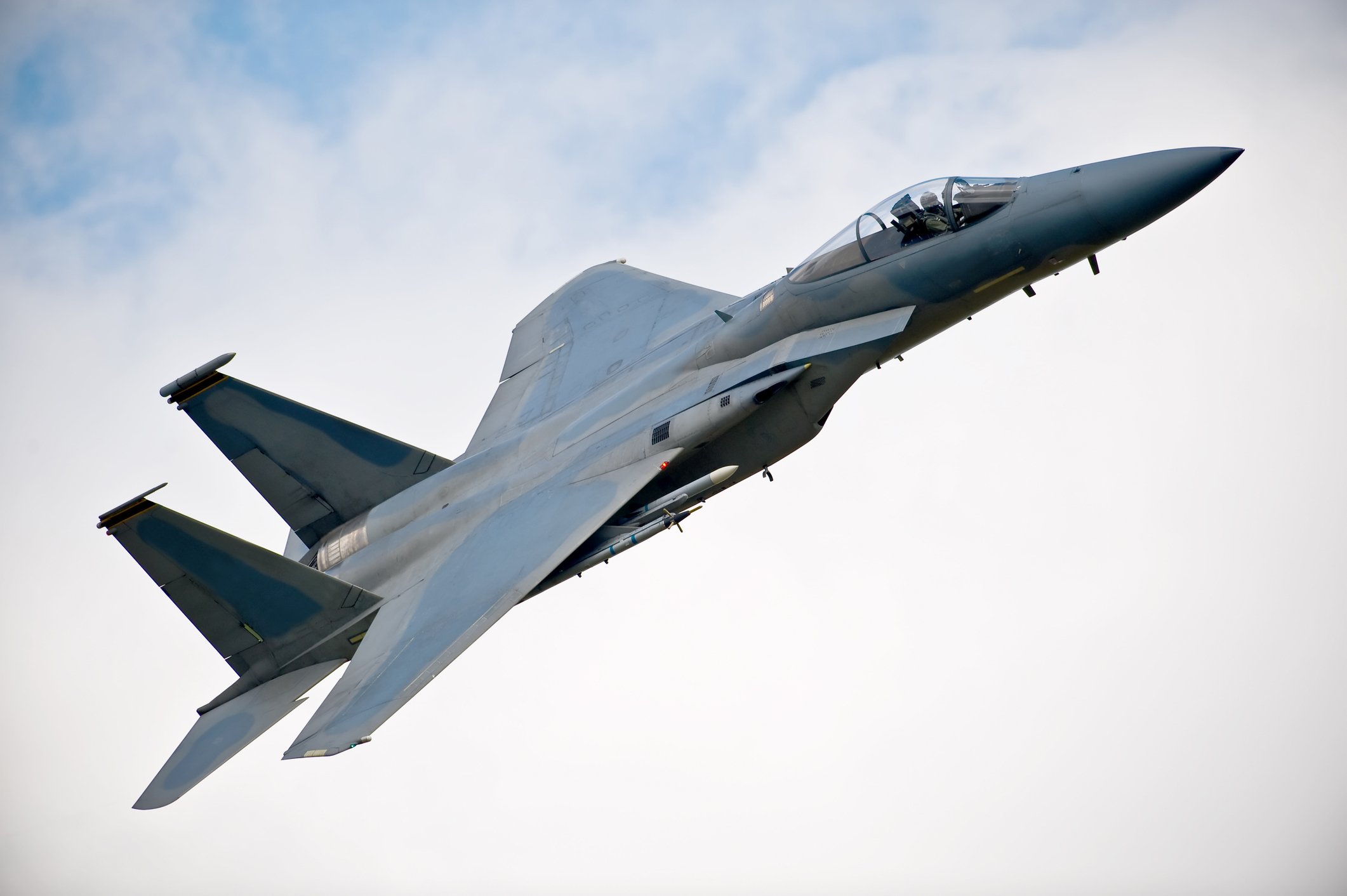The Pentagon will protect funding for its key strategic priorities, even if it means deeper cuts to older, so-called "legacy systems," according to Defense Secretary Mark Esper.
The COVID-19 pandemic is threatening to shuffle Washington priorities, with the U.S. government committed to upwards of $3 trillion in unanticipated spending to deal with the pandemic. It is too soon to know what the implications of all of that spending will be on the fiscal 2022 United States budget, but Esper conceded it is a concern.
"We recognize the fact that Congress has generously put $3 trillion into the economy in the past couple months and that puts a tremendous load onto ... the national debt and that puts a strain on the economy," Esper said May 5 during a press conference. "We're aware of those things and taking them into planning consideration as well."
A potential budget squeeze could get worse
In February, the White House kicked off fiscal 2022 budget negotiations when it submitted to Congress a $705 billion Pentagon funding request. After years of growth, the Pentagon spending plan was down slightly year over year, and even before the pandemic, defense leaders were forced to make sacrifices.
As submitted, the budget prioritized modernizing the nuclear triad, the nation's strategic deterrent, including $4 billion for General Dynamics (GD +0.05%) and Huntington Ingalls (HII +1.68%) to advance the Columbia-class submarine. There is also $2.8 billion earmarked for Northrop Grumman (NOC +1.88%) for the B-21 bomber.

Image source: General Dynamics.
Modernization was a theme throughout the budget, with the Pentagon for example prioritizing $60 billion worth of Army helicopter competitions to be fought between Textron (TXT +0.72%) and Lockheed Martin (LMT +0.79%) at the expense of the Army overhauling its ground vehicle fleet.
If Congress comes back to the Pentagon this summer saying further cuts are needed, Esper said the department will take the same approach again.
"We are not going to risk the strategic deterrent," Esper said. "Frankly, my inclination is not to risk any of the modernization programs, it's to go back and pull out more of the legacy programs."
Who are the potential losers?
Esper's comments were broad, and there probably a lot of platforms that could be at risk for cutbacks in a tightened budget. Indeed, in his comments the Secretary said "I could pick dozens out from all branches of the service" when referencing legacy programs that could be at risk.
Before he was Defense Secretary Esper ran the Army and took a similar approach in that role. That has been difficult on Oshkosh (OSK 0.72%), maker of the Army's workhorse Joint Light Tactical Vehicle (JLTVs). The Pentagon reduced its request for JLTVs from 5,900 in fiscal 2019 to 4,090 in fiscal 2020. The news was not much better this year, with the request coming in at 4,247 vehicles for fiscal 2021. That's about $1.37 billion in spending, down from $1.928 billion in fiscal 2019.

Image source: Getty Images.
The JLTV is a good example of what to look for in the cuts: It is an impressive vehicle designed specifically to address the shortcomings Humvees were found to have while operating in the desert. But with the Pentagon now more focused on so-called great-power competition against China and Russia instead of on the Middle East, the Army no longer seems likely to spend anything close to the $28 billion originally envisioned over 20 years to buy 49,000 vehicles.
Other legacy platforms that potentially could take hits are the U.S. Air Force's venerable A-10 Thunderbolt II, which has long been on the short-list for elimination. Northrop Grumman and Boeing (BA 0.02%) last summer won contracts to keep the plane flying through 2030, but the so-called Warthog could be in the crosshairs again in the event of a downturn.
So too could some of the older Lockheed Martin-made (LMT +0.79%) transport planes and some of the bombers the B-21 will eventually replace, costing the defense supply chain opportunities to sell spare parts.
Expect something to give
It is premature to speculate about what the final implications for the Pentagon fiscal 2022 budget will be, but it seems near certain pandemic-related spending constraints will factor into what already figured to be a tumultuous election-year budgeting process.
There will be sacrifices made. It is just too soon to tell if it means entire programs wiped out, or just Congress not going through its usual process of padding the budget with a few extra Lockheed Martin F-35s or other popular platforms.
There is still going to be plenty of money to go around for the overall industrial base, but there could be individual companies that find it hard to meet forecasted earnings in the quarters to come if a program decision goes the wrong way in the months to come. Investors in the entire defense sector should be monitoring the upcoming budget negotiations closely.












